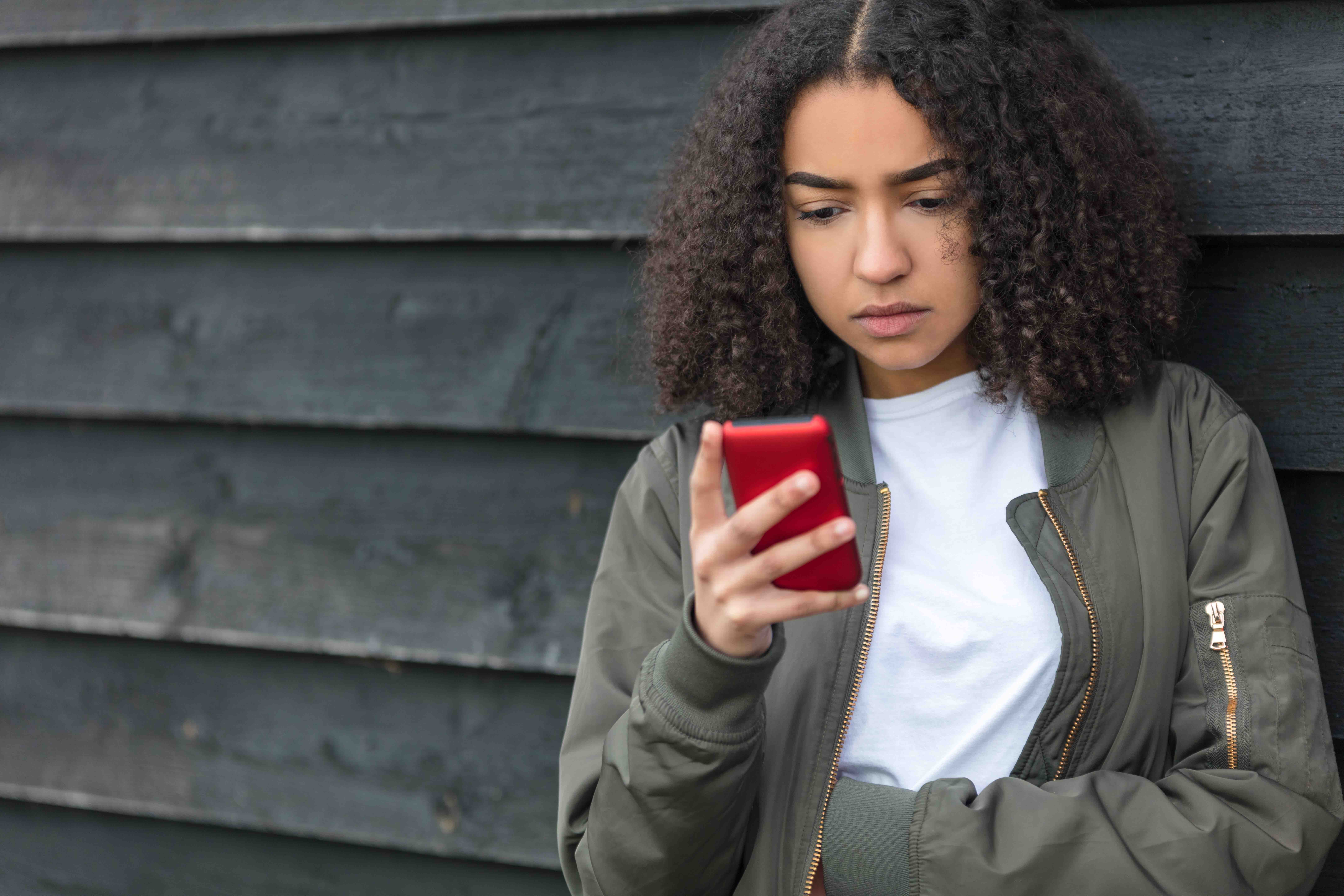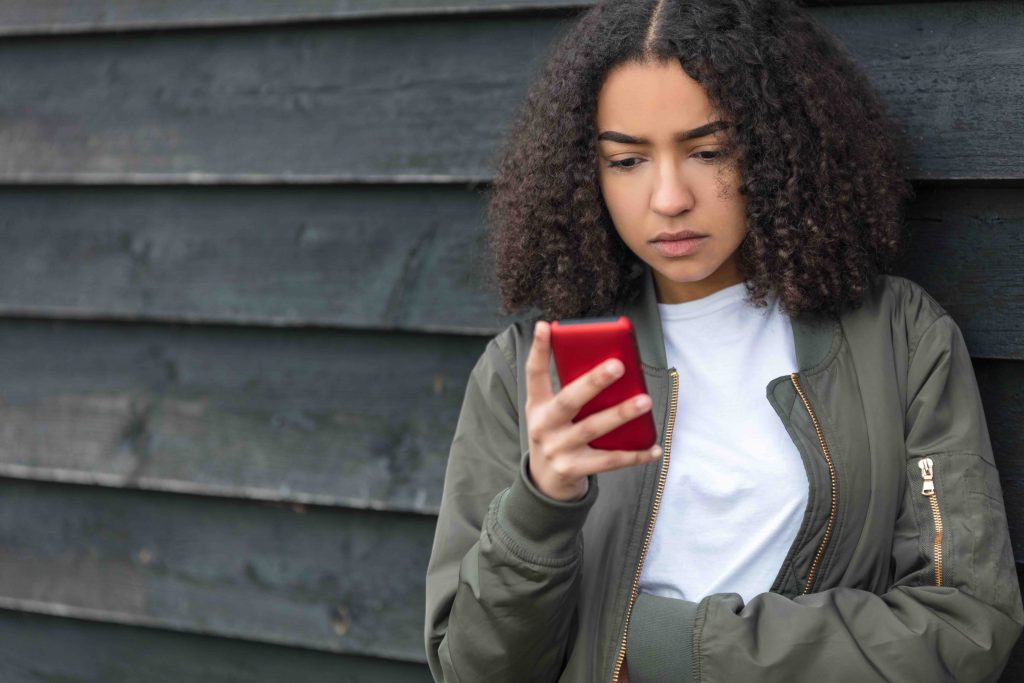This weekend, Keaton Jones’ story of being bullied at school captured the hearts of the internet. But after people dug up problematic information about his family, many are questioning who it is that receives empathy and support in the face of bullying. These discussions have also brought much-needed attention on how communities of color deal with these issues.
Editor’s Note: This article contains descriptions of suicide, which may be difficult to read for some.
In a heart-wrenching video posted to Facebook on Friday, Tennessee middle-schooler Keaton described the bullying he experienced at the hands of his classmates. As his mother, Kim Jones asked him questions about what happened at school, tears streamed down Keaton’s cheeks. The young boy instantly went viral, with celebrities like Rihanna, Cardi B, Millie Bobby Brown, and Chris Evans sending messages of support and inviting him to exclusive events. But just as swiftly as the virtual love came so did the backlash.
Soon after, internet users shared images, which allegedly came from her now-private Facebook account, of the Jones family posing with Confederate flags and of matriarch Kim criticizing those who refused to kneel for the national anthem, despite players’ protesting the police brutality that disproportionately affects African Americans. As the family’s behavior is condemned, people have drawn attention to the needs of the families of 13-year-old Rosalie Avila and 10-year-old Ashawnty Davis – two young girls of color who committed suicide in the last few weeks. And while Keaton’s accounts of bullying should not be diminished, this push to center Avila and Davis in the conversation has brought to light the way depression affects communities of color.
Rosalie, a middle-schooler in California, hanged herself after months of enduring bullying. Her parents noticed that her behavior had changed over the last two months and put her in counseling after learning that she was cutting herself, according to NBC News. Her parents knew that classmates bullied her at school and on social media, but they didn’t know the severity. “Rose just kept this to herself,” said Freddie Avila, her dad. “On the inside, it was just tearing her to pieces that they were always making fun of her.”
These conversations are especially important, because Latina teens have the highest rate of suicide in the United States. A 2015 survey from the Center for Disease Control and Prevention found that nearly 15 percent of Latinas have attempted suicide, according to Univision. But even more Latina teens – nearly 26 percents – have considered taking their lives. Dr. Luis Zaya, dean of the University of Texas at Austin’s School of Social Work, explains that it mainly affected US-born teens with immigrant parents, who don’t necessarily have the vocabulary to discuss mental illness. As a result, they don’t always seek the help they need.
10-year-old Ashawnty was also a victim of bullying. After getting into a fight outside of school grounds, the incident was recorded and uploaded onto the app Music.ly. Her mother, Latoshia Harris, said that her daughter was standing up to a bully in the video, something that others used to further disparage her, according to The Root. Two weeks later, she hanged herself.
Suicide can sometimes be considered a “white thing,” The Guardian reports, but it affects African Americans as well. A study found that Black children aged 5 to 11 are twice as likely to commit suicide as white children, but it doesn’t get the attention it deserves.
In general, we need to address bullying and suicide rates in the United States – especially since rates of teen depression and suicide have risen since 2011 (a lot of this is tied to increased cell phone usage) – but as we have these conversations, it’s necessary that we don’t leave out communities of color and that we support Rosalie’s and Ashawnty’s families in the meantime.




